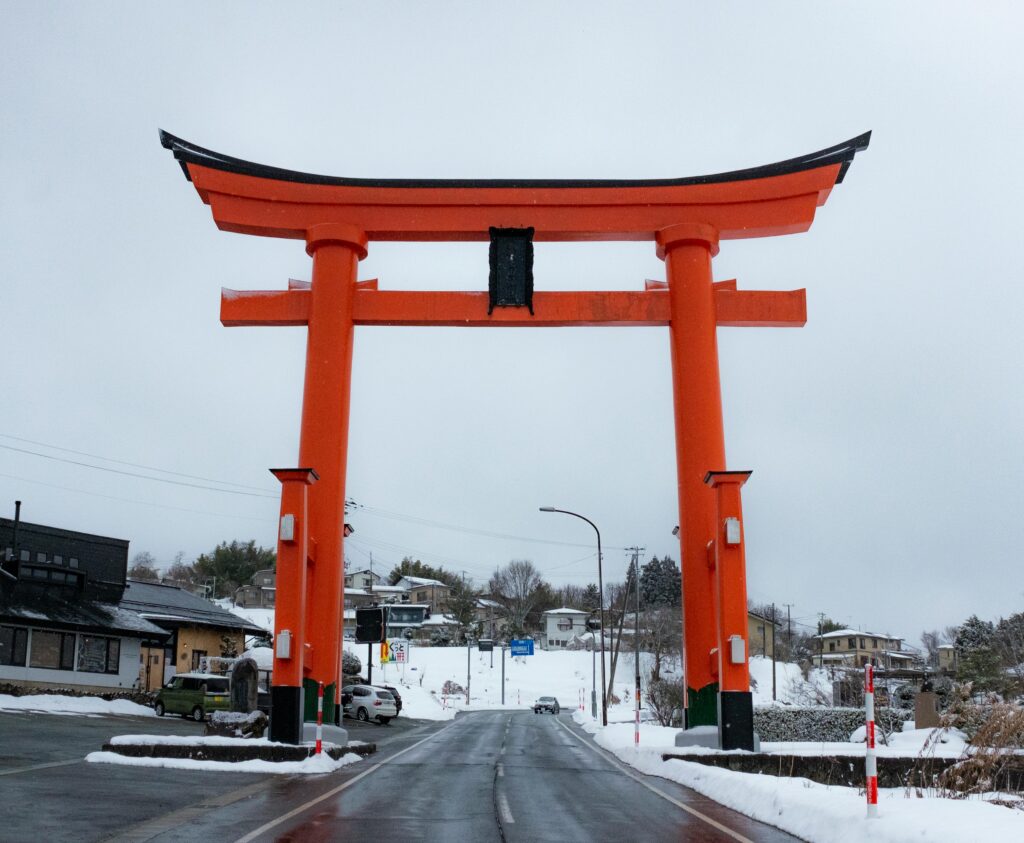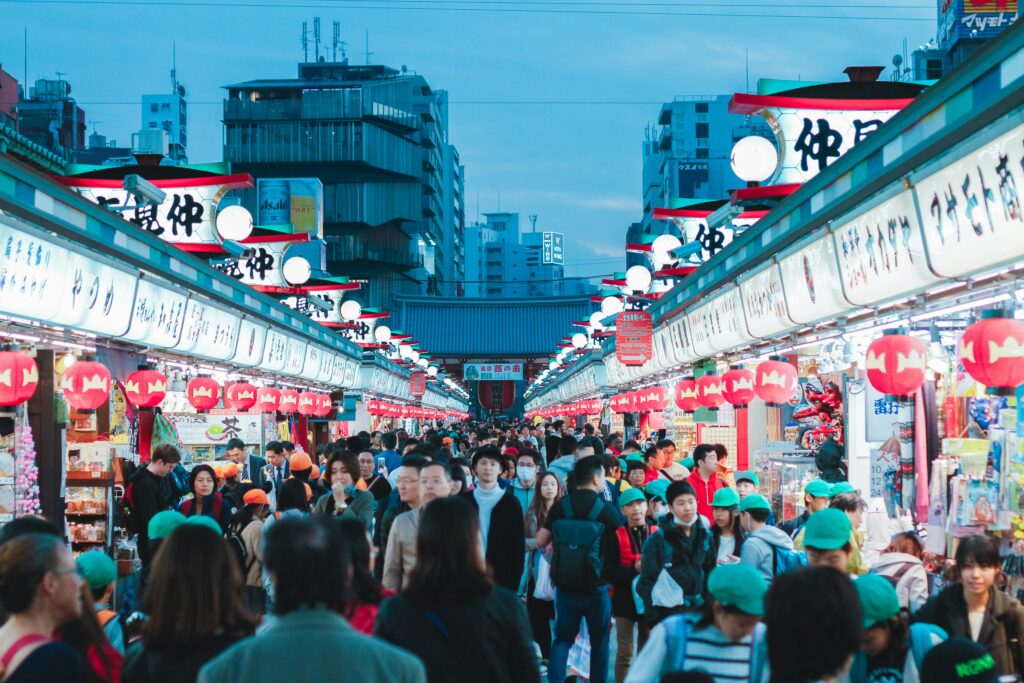Sakura blooms may fade, but Japan’s cultural influence only grows stronger. From the vibrant streets of Harajuku to the whimsical worlds of Studio Ghibli, Japanese pop culture trends have mesmerized audiences worldwide. With its unique blend of deep-rooted traditions and cutting-edge creativity, Japan has shaped global entertainment, fashion, and cuisine.
In the Philippines, the echoes of anime theme songs fill convention halls, the vibrant colors of cosplay brighten local gatherings, and the kawaii aesthetic has found a unique and enthusiastic home, even inspiring local businesses and trends.
This article explores the multifaceted ways Japan’s cultural exports have transcended borders, influencing societies across the world, with a focused lens on the enduring and evolving fascination within the Philippines.
What is Japanese Pop Culture?
Japanese pop culture is a dynamic and captivating fusion of modern trends deeply intertwined with traditional influences. It spans anime, manga, J-pop, video games, fashion, and the globally recognized kawaii aesthetic.
From the international sensation of Hello Kitty to different anime series that have become universally recognized icons, its reach is extensive. More than just entertainment, Japanese pop culture has subtly shaped how other cultures speak, think, enjoy food, and even dress.
Japan’s Influence on the Global Stage
1. Anime and manga’s global reach

Anime and manga have profoundly shaped storytelling and visual aesthetics worldwide, captivating audiences with their intricate narratives and distinctive art styles.
Iconic series like Dragon Ball Z not only redefined action storytelling globally but also became a staple of Filipino childhoods, with afternoon television slots dedicated to its Tagalog dub. This early exposure laid the groundwork for a lasting appreciation.
Meanwhile, manga has grown into a global literary powerhouse, influencing graphic novel creators all over the world.
2. Japanese video games revolutionizing entertainment
Japan’s gaming industry has long been at the forefront of innovation, producing legendary franchises such as Final Fantasy, Pokémon, and The Legend of Zelda. Gaming giants like Nintendo and Sony continue to set industry benchmarks, shaping immersive gameplay experiences that resonate worldwide.

The competitive gaming scene is another area where Japan’s influence is undeniable. Fighting game franchises like Street Fighter and Tekken are signatures in eSports globally, drawing massive audiences, including a significant number of Filipino players who participate in local and international tournaments.
Classic characters like Super Mario and Pikachu remain cultural icons, proving that Japanese games are a deeply ingrained part of the entertainment landscape.
3. J-Pop and idol culture
With its infectious melodies, striking visuals, and polished performances, J-Pop has carved a niche in the global music scene. Artists like Fujii Kaze, Creepy Nuts, and YOASOBI have gained international acclaim, propelled by streaming platforms and anime tie-ins that broaden their reach.
The resurgence of city pop as exemplified by Miki Matsubara’s “Mayonaka no Door (Stay With Me)”has sparked nostalgia and captivated a new generation drawn to its smooth, sophisticated sound.
J-Pop’s influence extends beyond music. Idol culture, with its unique blend of performance, fan engagement, and storytelling, has shaped fan dynamics and marketing strategies worldwide. Its impact is evident in the rise of Filipino idol groups inspired by the Japanese model.
While direct collaborations between Japanese and Filipino artists remain rare, global partnerships continue to bridge cultural gaps, introducing more Filipino listeners to the diverse world of J-Pop.
4. Japanese film and TV impact
Japanese cinema has left a timeless imprint on global filmmaking. Directors like Hayao Miyazaki (Studio Ghibli) and Akira Kurosawa have influenced Hollywood; even Netflix’s Stranger Things pays homage to Akira through the character of Eleven.
Ghibli’s masterpieces, from Princess Mononoke to Howl’s Moving Castle, have reshaped animation globally and are beloved by Filipino audiences of all ages, often shown in local cinemas and film festivals. Spirited Away’s Oscar win cemented anime’s place in the global film industry.
Live-action adaptations of Japanese stories, like Alice in Borderland and Godzilla, continue to attract worldwide audiences. Japanese horror classics, including The Ring, have redefined the genre globally, with Sadako becoming a pop culture icon.
5. Fashion trends from Japan
From the avant-garde designs of Rei Kawakubo (Comme des Garçons) and Yohji Yamamoto to the playful self-expression of Harajuku street style, Japanese fashion inspires many trends.

Across the fashion landscape, minimalist brands like Uniqlo and Japanese denim brands such as Evisu have redefined casual wear.
Harajuku fashion, with diverse subcultures ranging from Lolita and Gothic to Punk and Decora, remains an emblem of individuality globally. Meanwhile, Visual Kei’s flamboyant hairstyles and striking makeup has influenced global rock and alternative fashion scenes.
6. Global adoption of Japanese pop culture events
The rise of anime and cosplay’s popularity has brought dedicated expos to the US and other countries—something that didn’t exist before, as fans primarily gathered at comic conventions. Events like the Anime Expo in Los Angeles and Japan Day in New York focus exclusively on anime, manga, and cosplay.
Crucially, the Philippines has embraced this phenomenon with its own large-scale events like Ozine Fest and Cosplay Mania These conventions unite enthusiasts to celebrate Japan’s creative legacy, providing platforms for self-expression and community building.
Japanese streaming collaborations with platforms like Crunchyroll and Netflix have expanded anime’s reach globally, creating a vast network of fans.
Whether through dedicated conventions, active online communities on platforms like Facebook and Reddit, or everyday fashion choices, Japan’s cultural exports unite people across borders and prove their lasting and evolving impact on the world stage.
Why Japanese Pop Culture Resonates Globally
Relatable themes
One of the biggest reasons Japanese pop culture has captivated audiences worldwide is its ability to tell deeply human stories.
Whether it’s the power of friendship in One Piece, the resilience and perseverance of heroes in My Hero Academia, or the bittersweet self-discovery in Your Name, Japanese anime, manga, and films explore universal emotions that go beyond language and culture, often mirroring values highly regarded in society, such as loyalty, hard work, and the importance of family.
Cultural uniqueness
Japanese pop culture stands out because of its seamless blend of tradition and modernity. Ancient folklore and Shinto beliefs inspire elements in anime, such as the mystical creatures in Spirited Away. At the same time, futuristic cyberpunk settings like Ghost in the Shell showcase Japan’s fascination with technology.
This balance between the past and the future creates a distinctive aesthetic and storytelling style that feels both familiar and refreshingly innovative, making Japanese modern culture so uniquely appealing to global audiences.
Accessibility
In the past, enjoying Japanese pop culture outside Japan required imported DVDs, niche specialty stores, or fan-translated manga. Today, streaming platforms like Netflix, Crunchyroll, and Spotify have brought anime, J-Pop, and Japanese dramas to audiences worldwide, breaking down geographical barriers.
Gaming apps allow instant access to popular Japanese mobile games, and online marketplaces make it easy to buy merchandise, from collectible figurines to fashion inspired by Japanese street style. This digital accessibility has fueled the international growth of Japanese pop culture, making it easier than ever for fans across the globe to immerse themselves in Japan’s creative world.
From its emotionally rich storytelling to its distinctive blend of tradition and innovation, Japan’s cultural exports continue to inspire and profoundly influence people worldwide.
Domo Arigato, Japan: A Cultural Gift That Keeps On Giving
From the delicate artistry of sushi to the neon-lit streets of Shibuya that inspire urban aesthetics globally, Japan’s cultural influence is as rich and diverse as a perfectly crafted bento box.
Its seamless fusion of tradition and innovation has shaped global fashion, entertainment, and even real estate trends, as evidenced by the rise of Japanese-inspired communities in the Philippines. Like a warm bowl of ramen on a rainy day, Japanese modern culture brings comfort, creativity, and inspiration to people everywhere, leaving a particularly strong imprint on Filipino hearts.
Why just visit Japan when you can bring a touch of its lifestyle into your everyday life? Imagine waking up to breathtaking views, minimalist elegance, and the peaceful harmony of Japanese design right here in the Philippines.
At Yume at Riverpark and The Observatory, this dream becomes a reality. These communities seamlessly blend Filipino warmth with Japanese sophistication. Your future home awaits. Contact us today to learn more about our Japanese-inspired properties in the Philippines!









